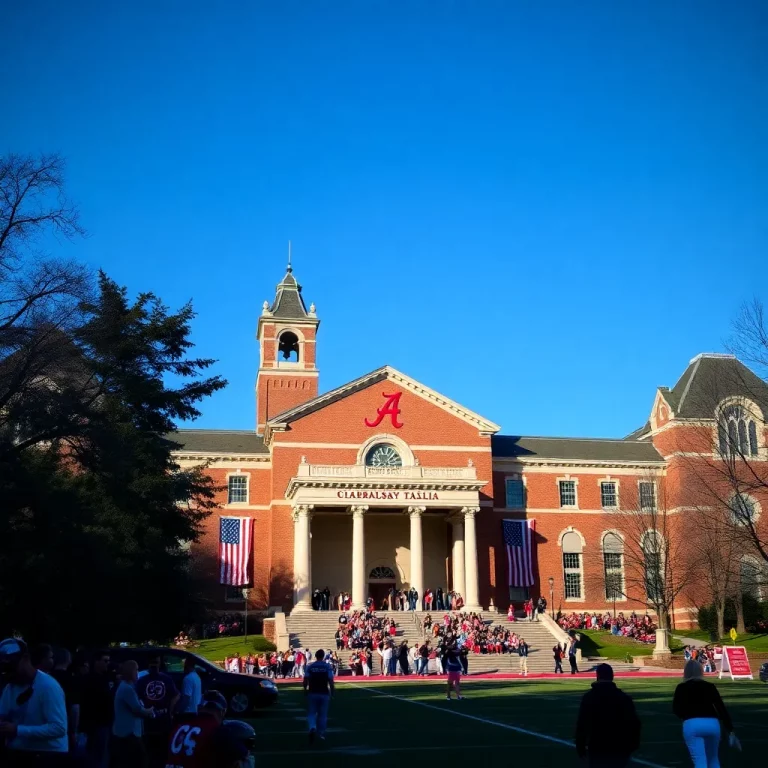In Tuscaloosa, Alabama, a major shift in college athletics is underway as the University of Alabama’s athletic director, Greg Byrne, faces a new challenge: paying college athletes directly. This change comes after a federal judge in California approved a settlement that allows athletic departments to share up to $20.5 million with their players, a move that is set to last for the next decade and is expected to grow each year.
Until now, college athletes could earn outside income through their name, image, and likeness (NIL) deals, but this new system permits direct payments from school funds, which come from media rights, ticket sales, and other revenue sources. This means that what was once a mostly unregulated area is now becoming more structured.
Byrne, who has been in college athletics for over thirty years and has previously worked at Arizona and Mississippi State, remarked that this settlement is one of the most significant events in the history of college athletics, alongside the NCAA’s formation and the adoption of Title IX. “I tell our coaches and our students, ‘The three most significant events in the history of college athletics are… and third, the House settlement,'” he stated.
Despite the promising new revenue-sharing model, Byrne noted that not every student-athlete will benefit from these payments. His job now is to figure out how to fairly allocate the funds among Alabama’s various teams, which include a powerhouse football program and successful teams in softball, gymnastics, and golf. While football and men’s basketball typically generate the most profit, many other teams, such as women’s basketball, faced significant financial losses in the past year.
In 2024, Alabama reported a fiscal deficit as their expenses exceeded revenue by $28 million, which has increased from a $13 million deficit the previous year. With the addition of the $20.5 million payment requirement, Alabama and other schools are rethinking their budgets, staff allocations, and how they can ensure all sports get adequate support.
As Byrne explained, “How do you keep your department healthy long-term so you can keep offering opportunities?” Allocations may lean heavily toward football and men’s basketball, with estimates suggesting that up to 75% of the new funds could go to football players alone, leaving a smaller share for other sports.
Furthermore, athletic directors across the country will be grappling with similar decisions, as this new financial environment has transformed college sports into a more business-like arena. As bygone rules are replaced with this revenue-sharing model, questions arise about maintaining fair access to sports opportunities, especially considering that many smaller teams may struggle to maintain their programs financially in this new climate.
Overall, this transition represents a fundamental change in how college athletics operates, placing financial sustainability at the forefront while attempting to balance fair treatment and support across all sports.



